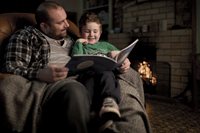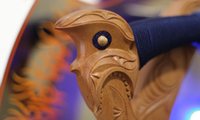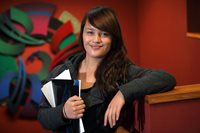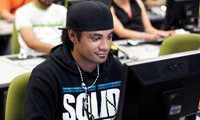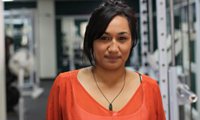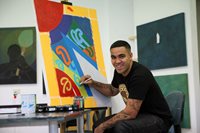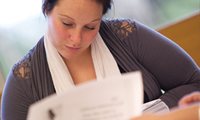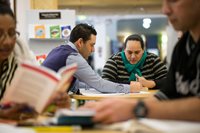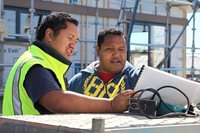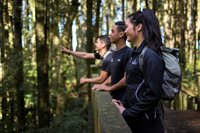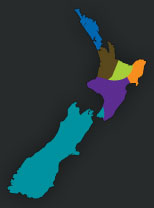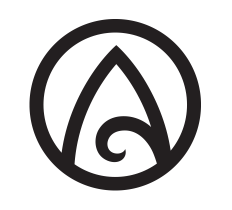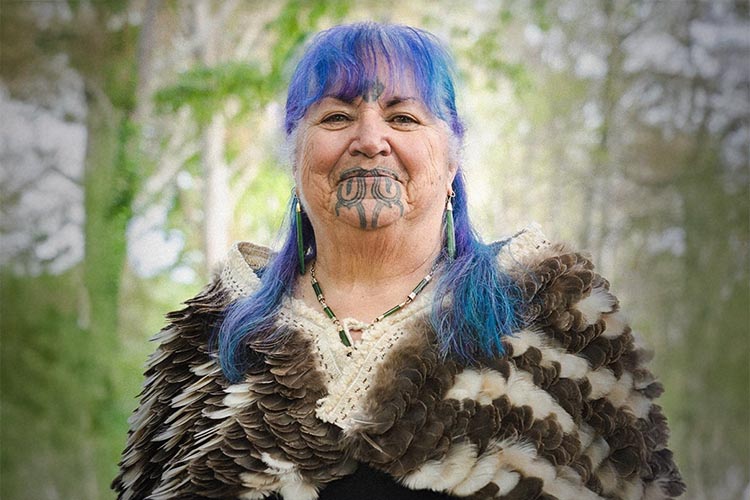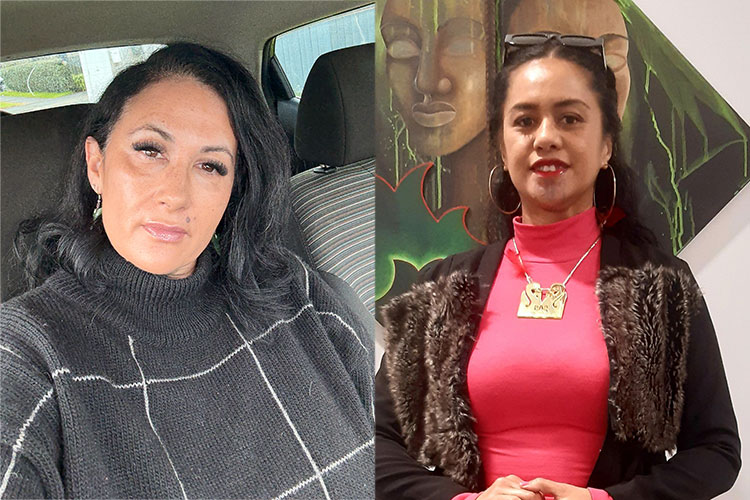Award-winning realist painter Artist Zarahn Southon has drawn comparisons between his education in traditional figurative painting and cultural protocol.
Zarahn has a Bachelor of Visual Arts and continues to hone his professional skills as an exhibited artist.
Now after years of learning renaissance art, the old masters and classical painting methods, he’s come on board with Te Wānanga o Aotearoa to study for a Certificate in Tikanga Marae that acknowledges both of his Ngāti Tūwharetoa parents.
The opportunity came when his father alerted him to a course running for Ngā Uri o Mawake Taupo, the roopu for whānaunga who live in Tāmaki Mākaurau.
The programme covers mātauranga such as land research, history, song compositions and etiquette specific to his marae.
“It’s proper Tūwharetoa tikanga. It’s whānau singing our songs. You get to work and meet new people; sometimes we work in small groups and share, sometimes we work in our hapū. It’s quite exciting when we get our heads together and what I’ve noticed is strong female leadership and empowerment.”
Zarahn immersed himself by living in Italy, France and Spain, to not only influence his style but to connect with practitioners on a scale unavailable in Aotearoa.
“I believe in communal bonding with art and traditionally this was through the medieval Guild of Saint Luke. The guild system looked after artists, created art for the community and they also controlled the art market.”
When Zarahn returned home in 2009 to be with whānau, he also brought with him an understanding of light and form based on the style of restructured realism.
“One aspect of my art is drawing from life by studying the physiognomy of a living person – how a person’s soul comes out of their anatomy.”
“I think through this study you get a sense of the time that we belong.”
Zarahn says being involved in the study of his ancestry is a refreshing antidote to the institutional bureaucracy associated with contemporary art.
“We talk a lot about growing up and how a lot of our kaumātua, were a little bit hands off but we also acknowledge how spontaneous Māori is and how we’ve evolved with times. A lot of pākeha don’t know it. That’s what I love about Māori, it’s participatory. Everyone is treated equally.”
http://www.zarahnsouthon.com/default.htm.html
http://www.twoa.ac.nz/Nga-Akoranga-Our-Programmes/Tikanga-me-nga-Ahuatanga-Maori/Certificate-in-Tikanga-Marae
-
 Kāinga
Home
Kāinga
Home
-
 Kāinga
Home
Kāinga
Home
-
Ngā ĀkorangaOur Programmes
Ngā Ākoranga - Our Programmes
-
Ngā RoheOur Locations
Ngā Rohe - Our Locations : Main Service Centres
-
Ngā TauiraStudents
Ngā Tauira - Students
- HonongaStay Connected
- Te WhareAbout Us
